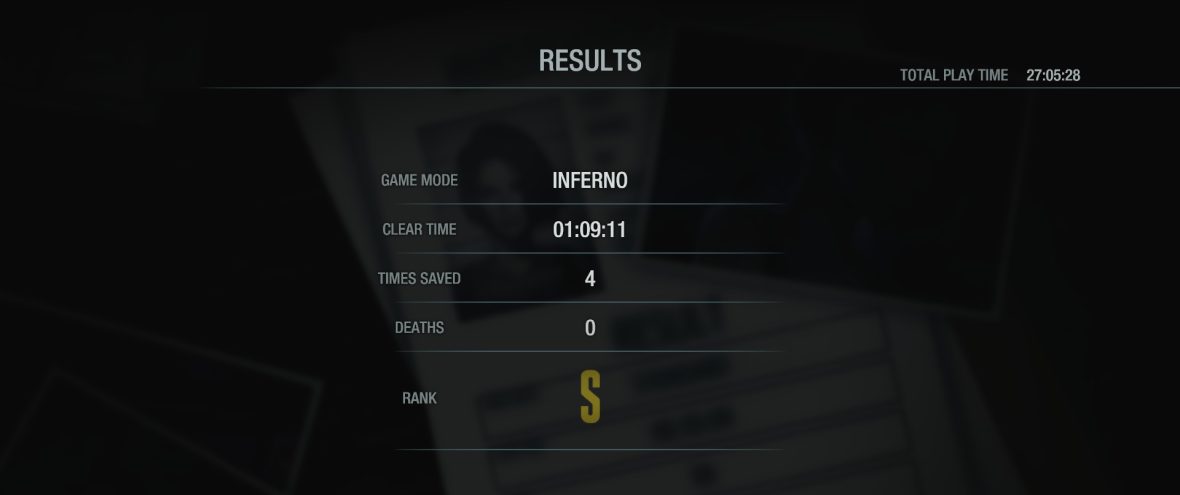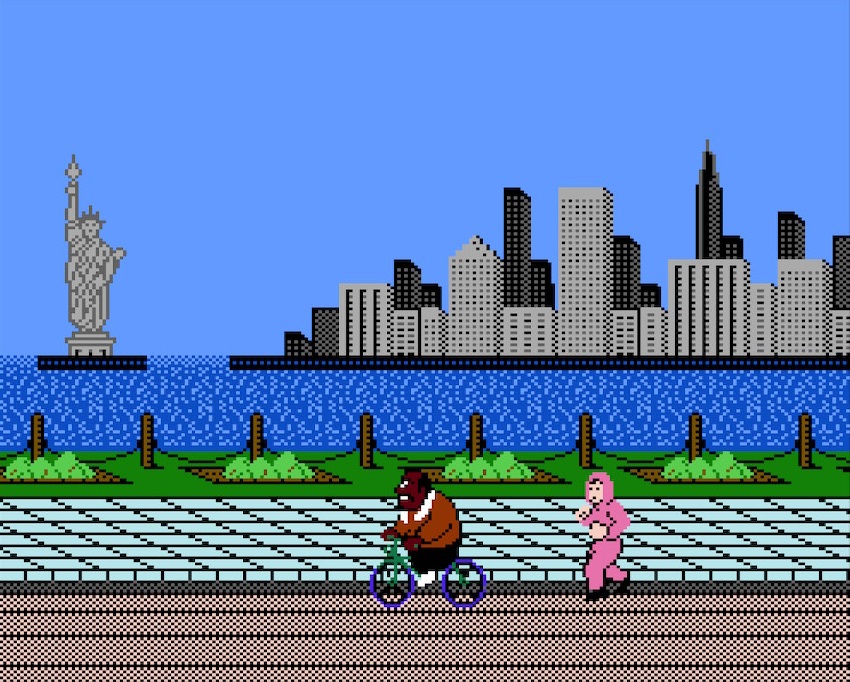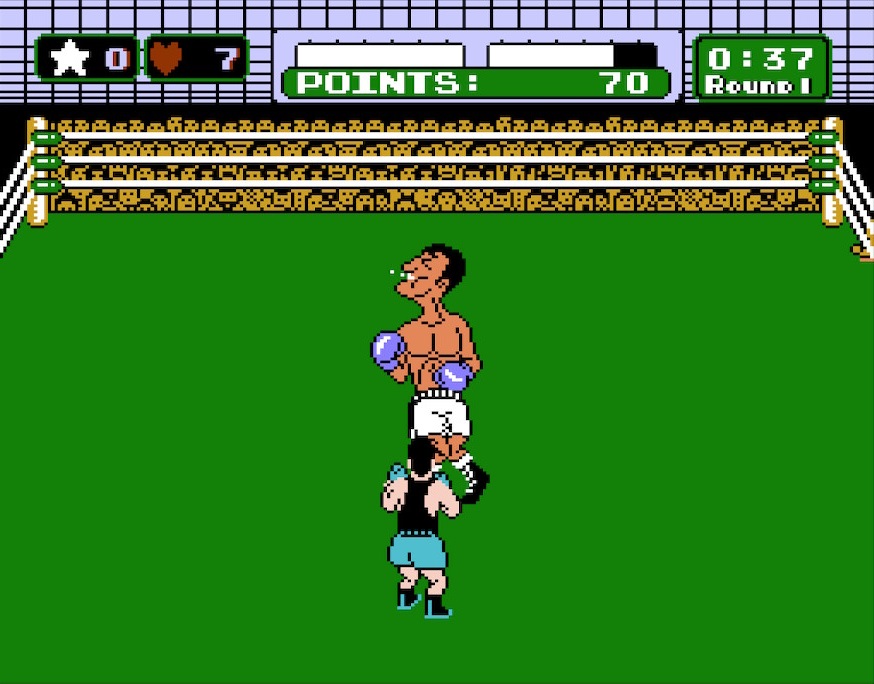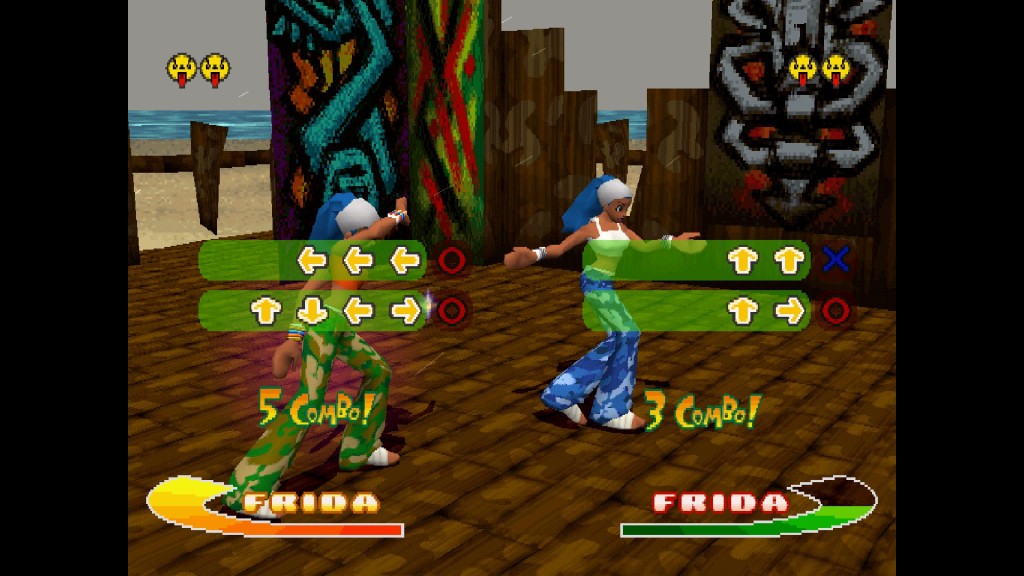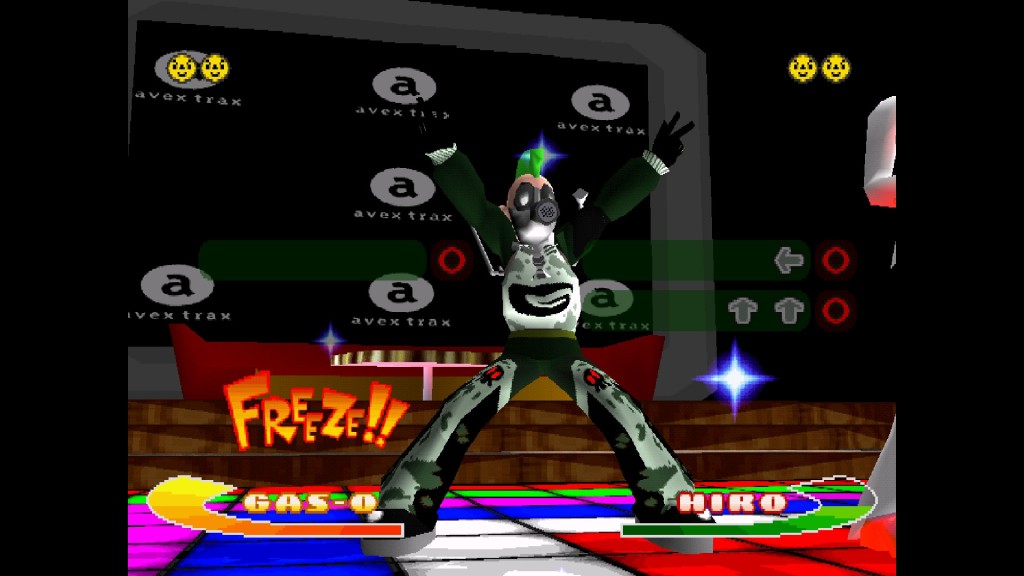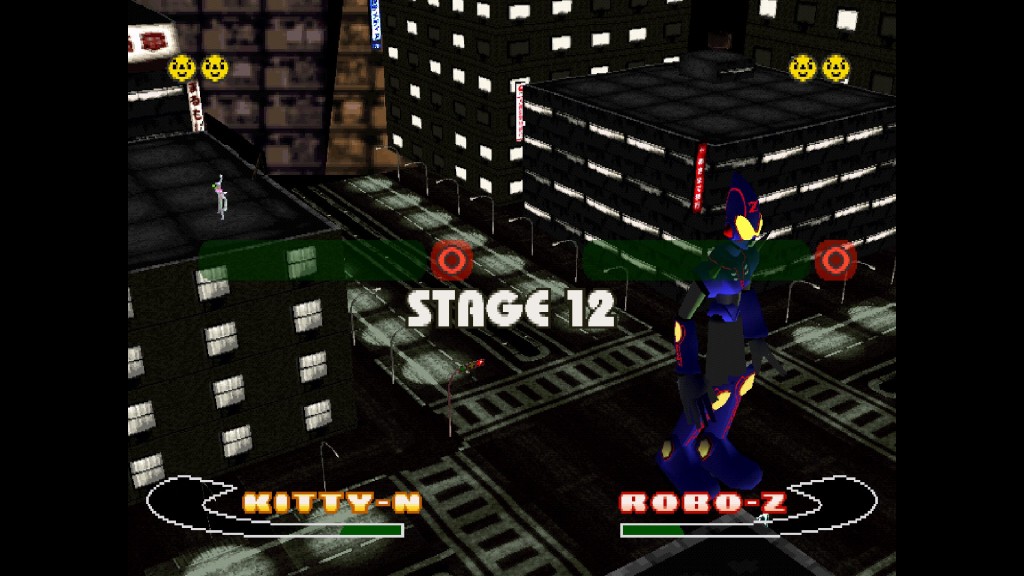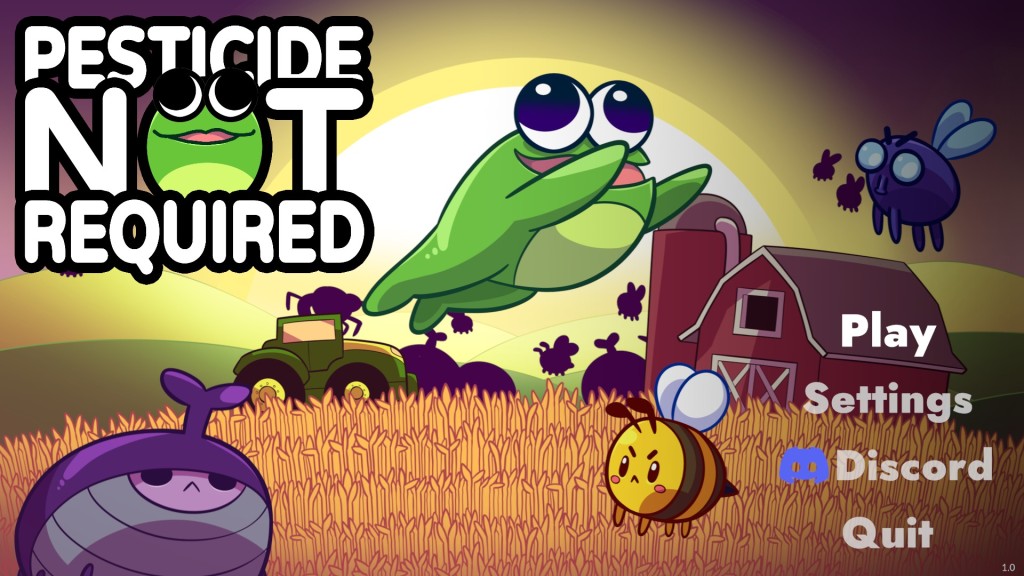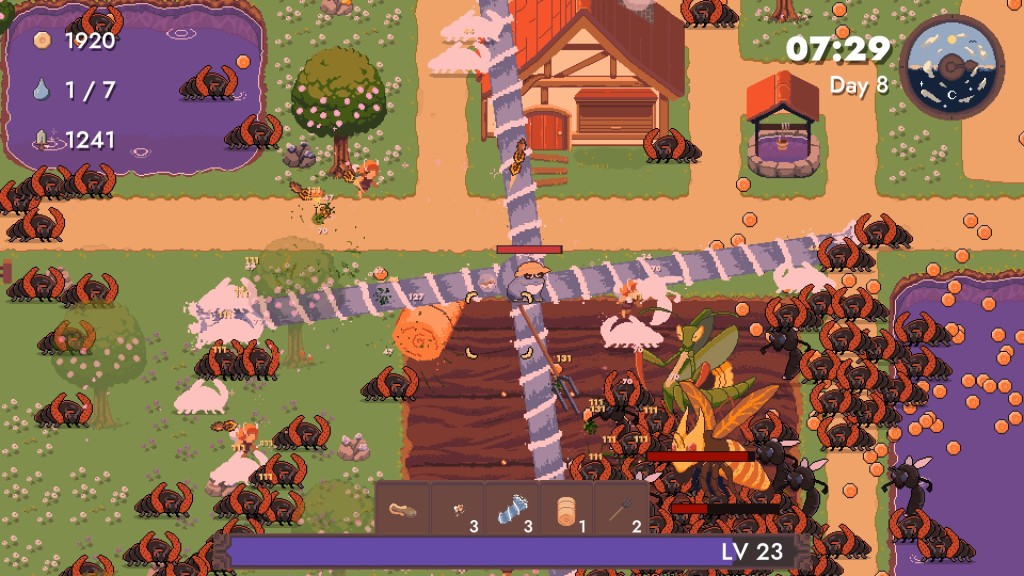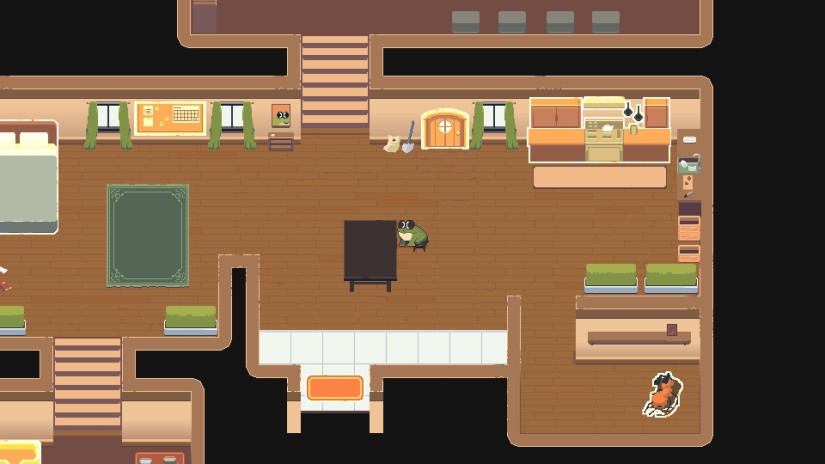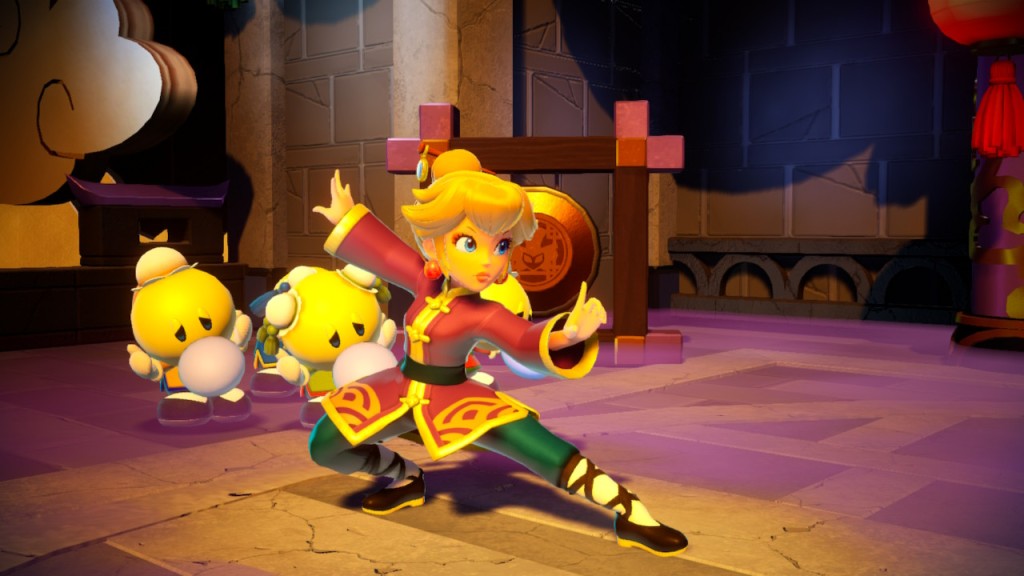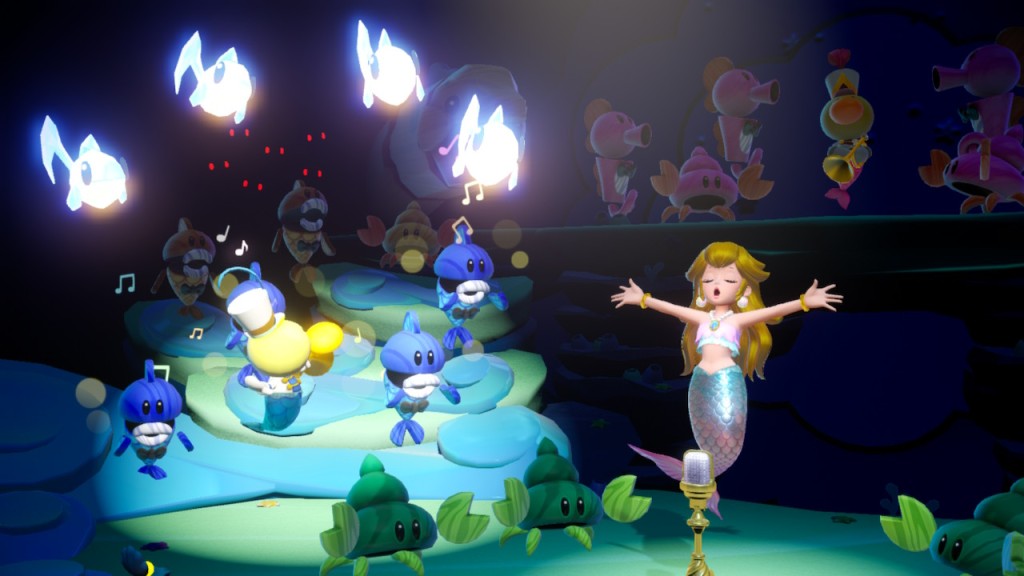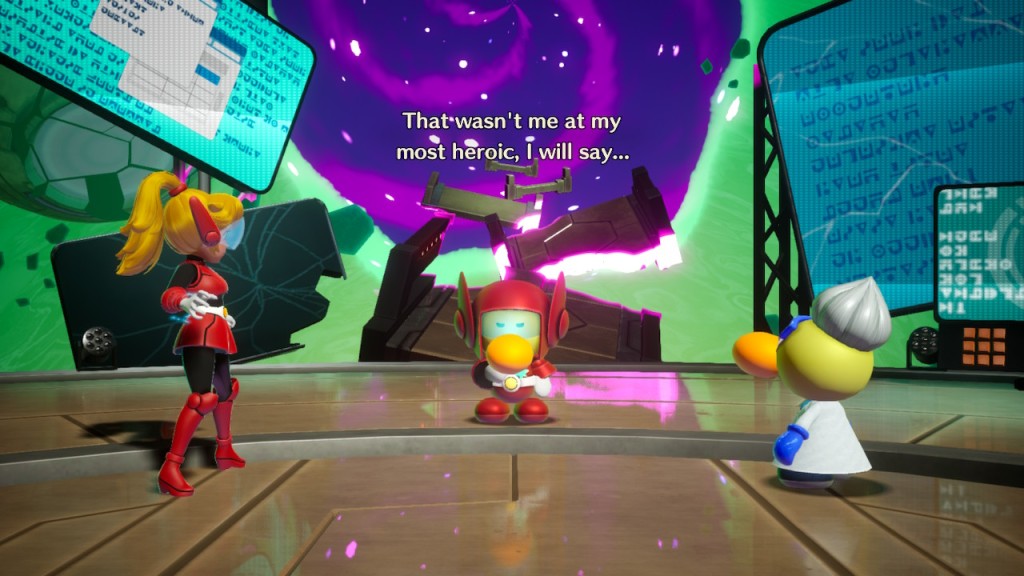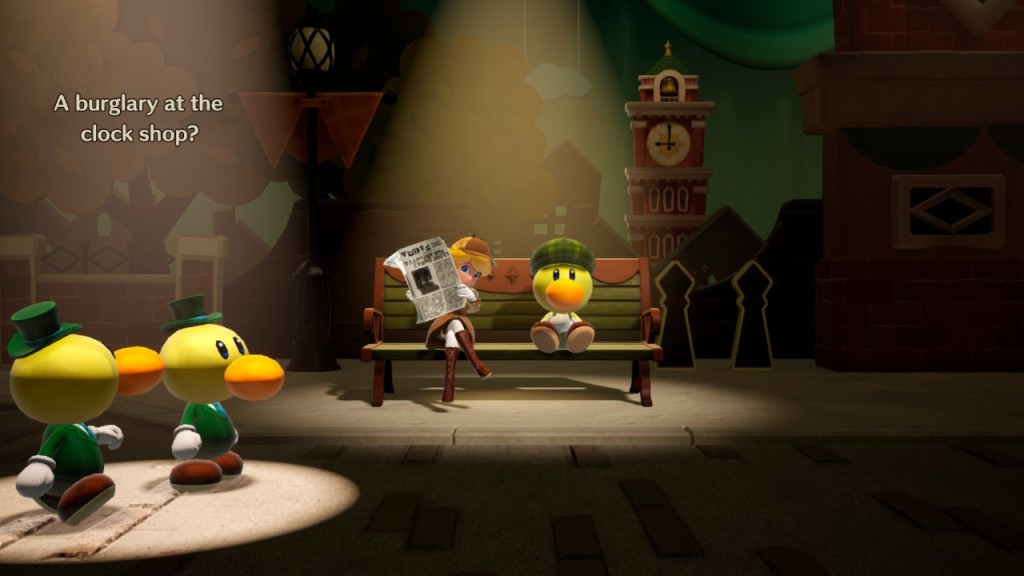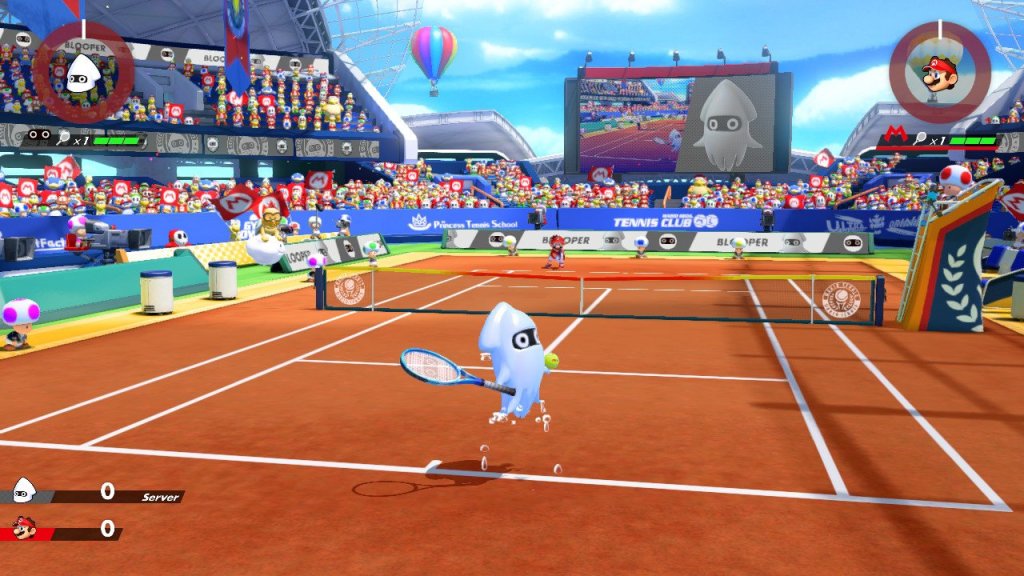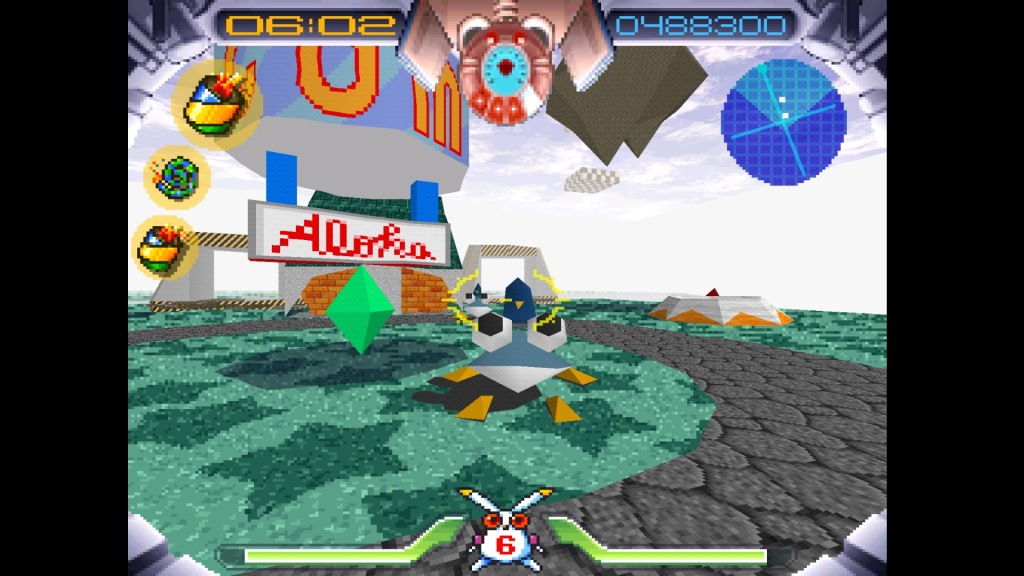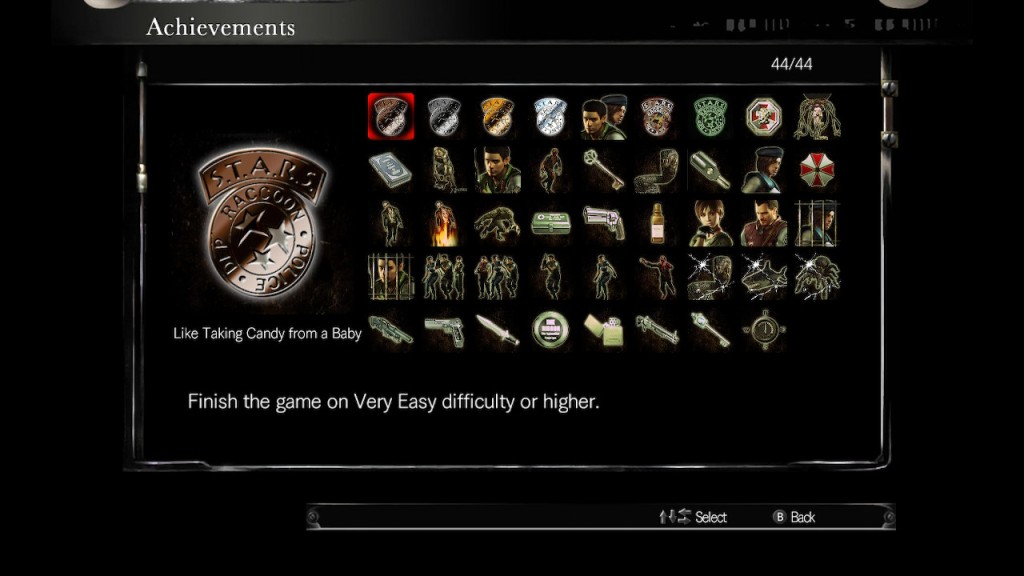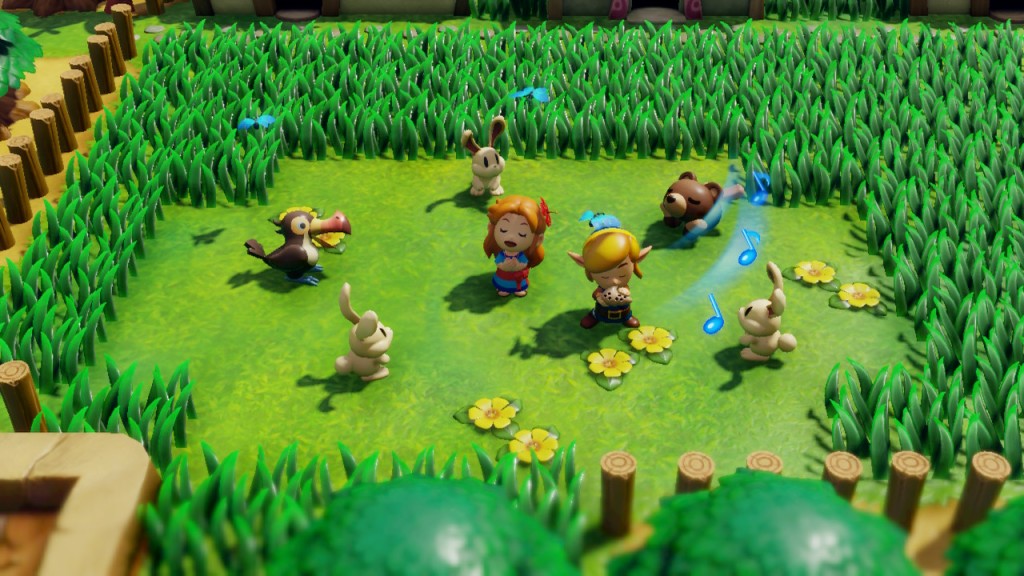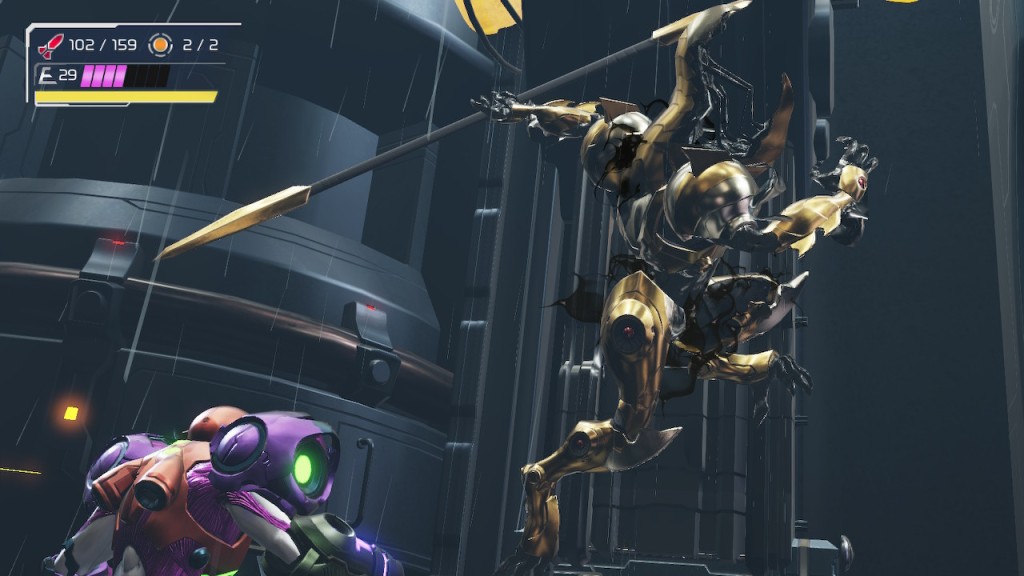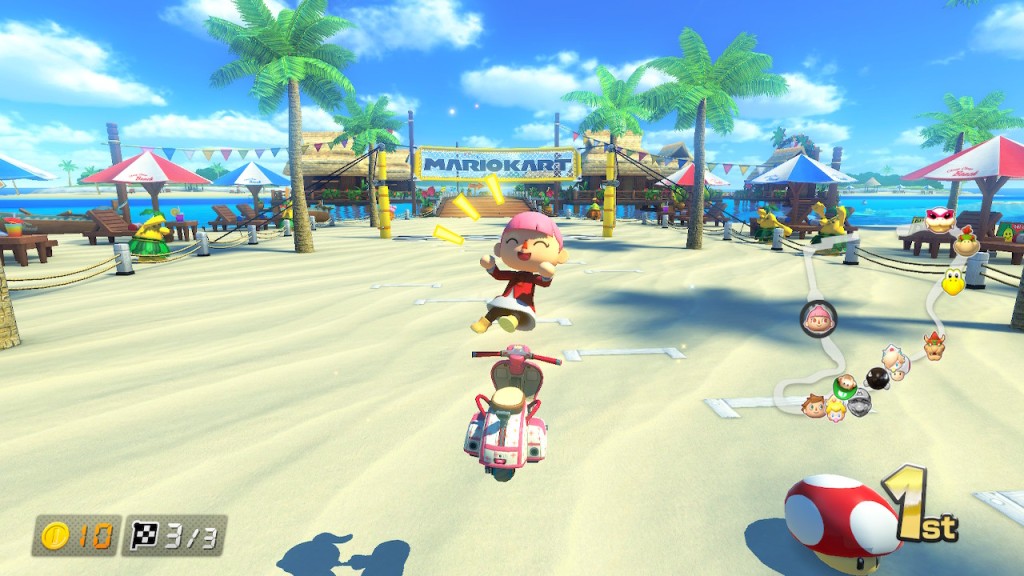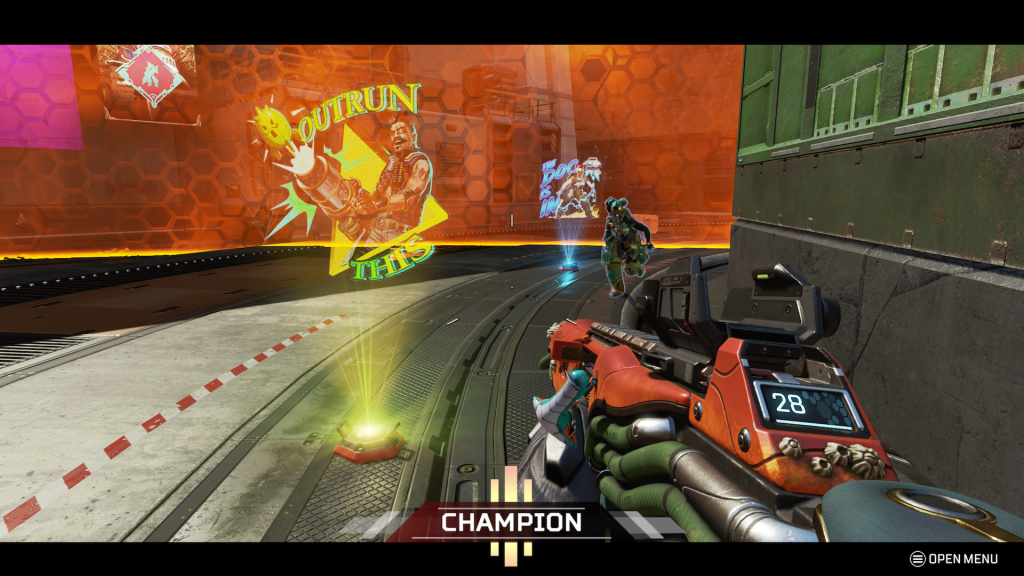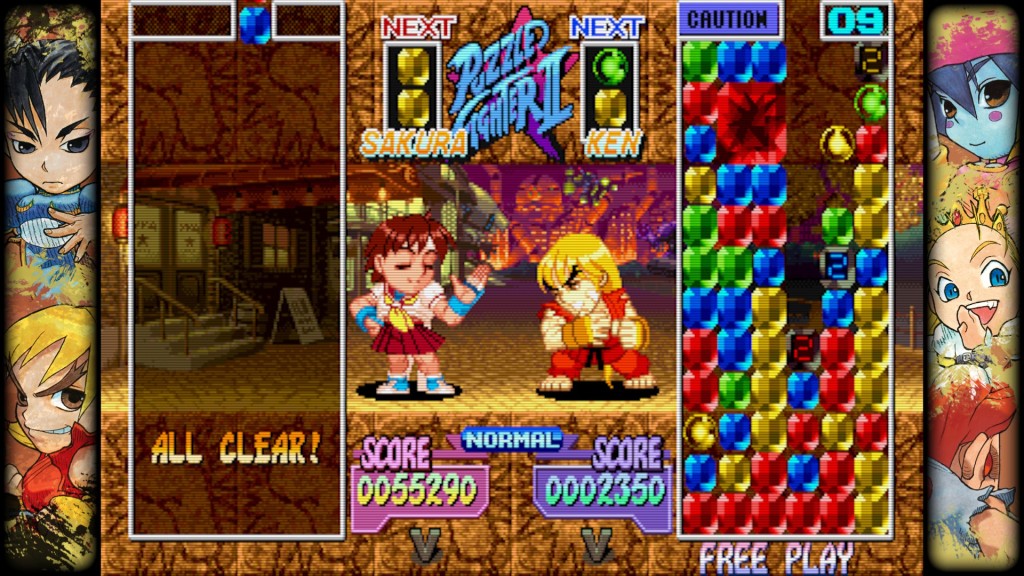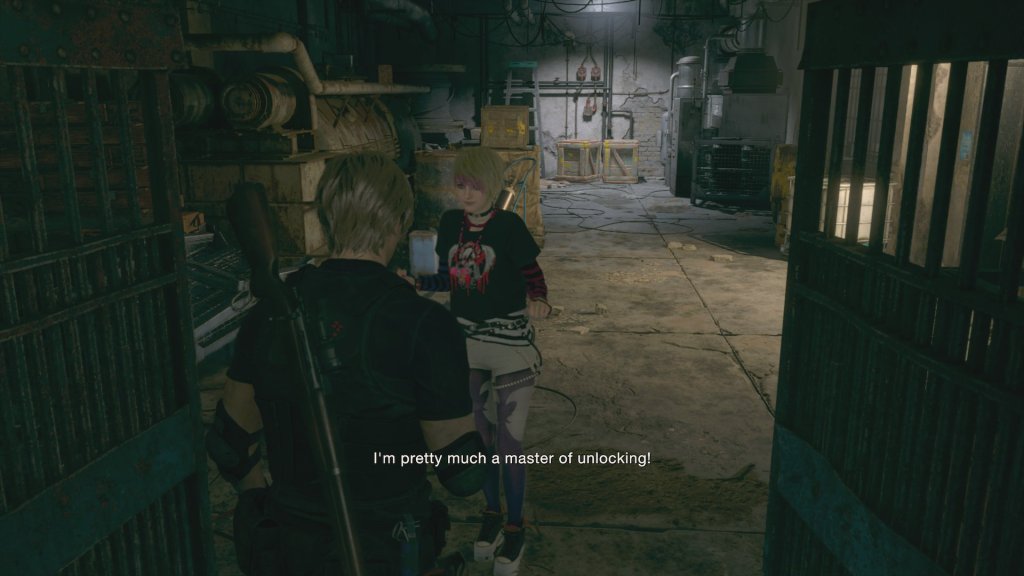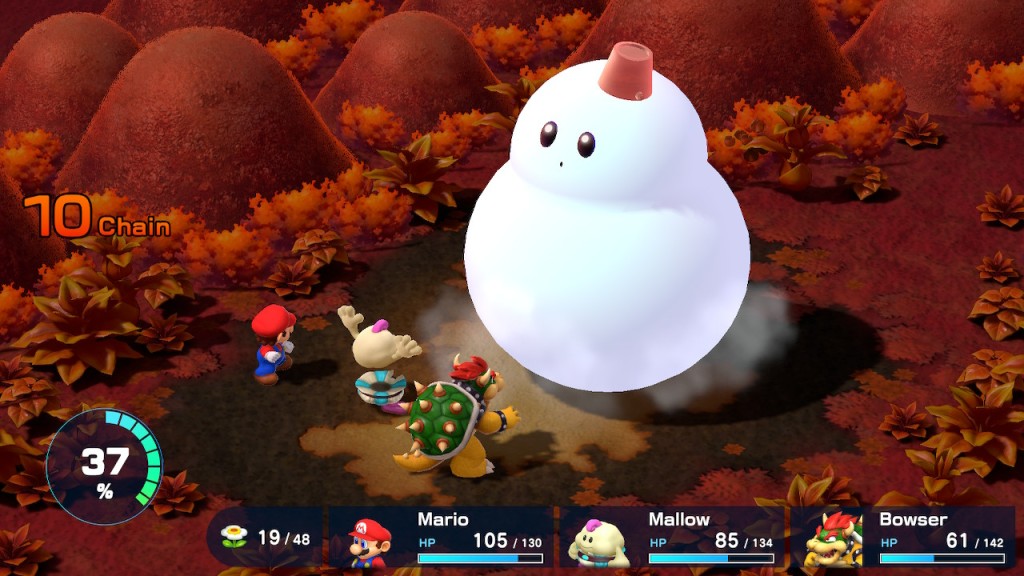I’ve loved RPGs since I first started playing video games. Whether turn-based or action-packed, I’m always up for a new adventure. That sense of wonder and excitement when you set off on a new journey is my very favorite aspect of RPGs, and I’m curious if it’s the same for others.
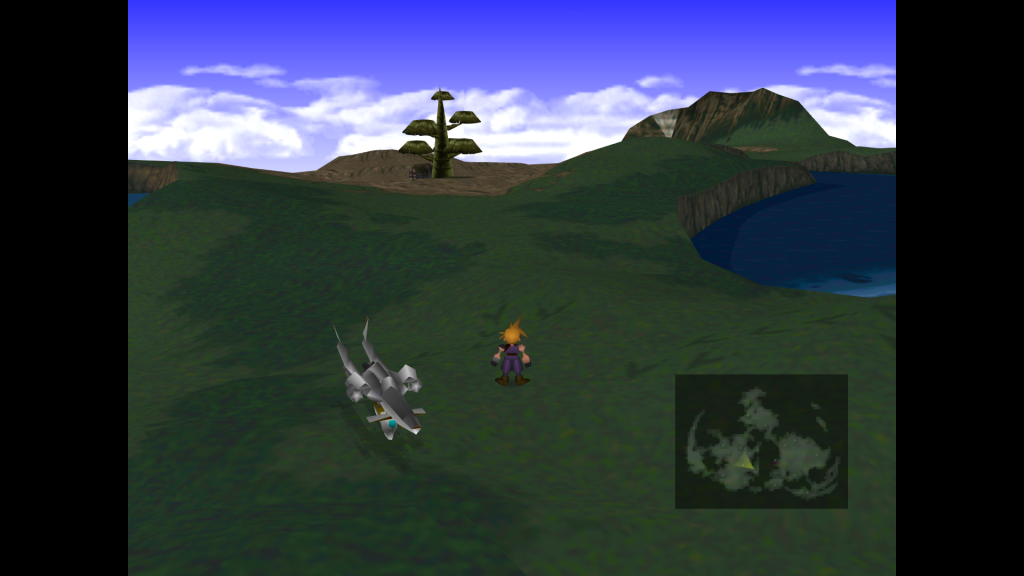
For me, there’s no feeling in gaming quite like setting off on a new adventure. What wonders lie ahead, out there in the vast expanse? What kind of people will I meet along the way? What beautiful sights will I see? It’s always a treat to step out into a new game world and start exploring. My philosophy is that, in any RPG that allows it, I wander off and just explore for a while at the beginning. It’s exciting to just check out the world around me and see what there is to find. Sometimes, it results in hilarity, like when I run off in the wrong direction in a Fallout game and immediately get killed by Cazadores or Deathclaws. Other times, exploring as much as possible can net you cool rewards, like upgrade materials to get late-game weapons in Final Fantasy VIII. It’s just nice to be given the freedom to explore a virtual world and uncover its secrets in a way you can’t in real life.
No joke, I have played Skyrim for dozens of hours and never finished the main questline. Why not? Because I just love walking around the map and finding new quests as they come to me. I like doing all those little things, like meeting new companions, getting married, building a house, or exploring some random cave I happened upon while checking out the local scenery. I find all of that stuff way more immersive than getting involved in the more rigid story quests, and the game gives me the freedom to play that way.
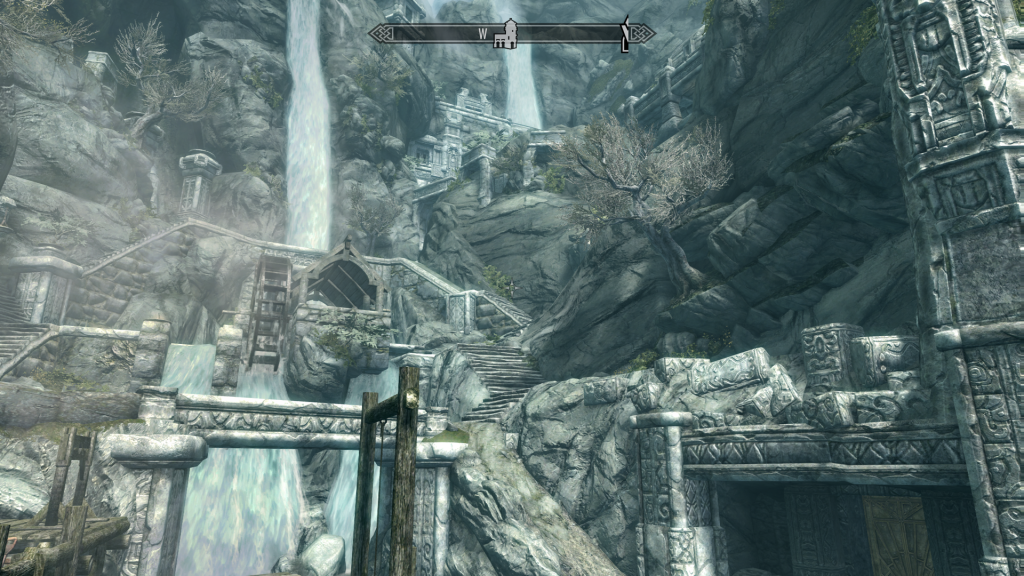
From Software certainly loves encouraging players like me. Souls games give you ample opportunities to run off and see what dangers lurk off the beaten path. Explore every nook and cranny in Elden Ring, and you’ll find numerous hidden dungeons, side quests and people you otherwise wouldn’t meet. That freedom to explore and be adventurous makes their games a joy to replay, since you might find things next time that you missed this time.
A good cast of characters also helps create that sense of adventure. Meeting all sorts of people and creating a motley crew that inevitably has to save the world is one of the biggest strengths the genre has to offer, in my book. Playing a Fire Emblem game and finding your army filled with everyone from royals to career thieves to priests makes for such a lively and often wholesome time, as you watch these very different people become fire-forged friends. Without delving too deep into spoilers, one of the reasons I hold Final Fantasy VII in such high regard is its varied party members who are all more troubled than they first appear, and find themselves growing as people while the fate of the world rests in their hands.
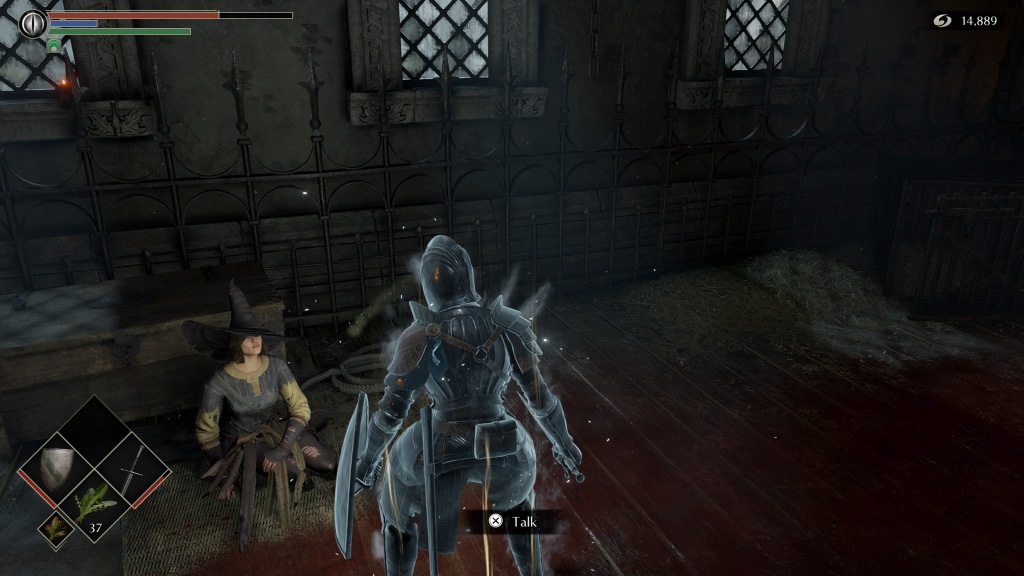
This is also one of the reasons my first playthrough of Fallout: New Vegas was so memorable. Meeting the various companions who can accompany you on your journey and learning their backstories only when they trusted you enough to share made them feel more human than the average NPC. They felt like true traveling companions, especially since they all have their own personal convictions and views on the situations you encounter throughout the story. Similarly, the Mass Effect trilogy allowing you to befriend people from all over the galaxy, and help them through their personal trials and tribulations between apocalyptic crises, made it one of my favorite RPG experiences. Even Super Mario RPG benefits from having charming allies to accompany you on your journey to reclaim Bowser’s castle.
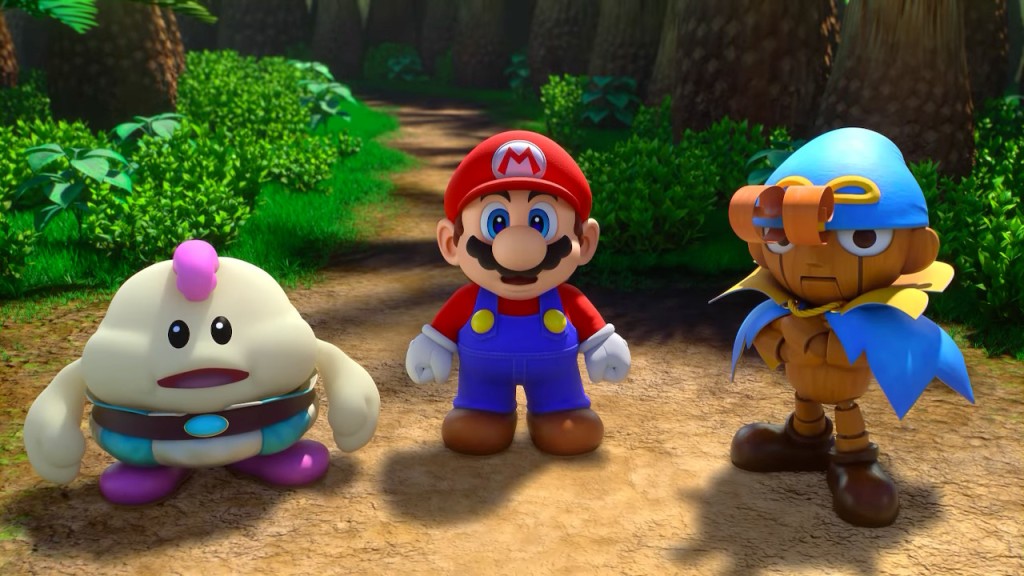
Combine varied locations to explore, diverse and interesting allies to travel with, and secrets to find, and it’s easy to see why RPGs are a winning formula for so many people. No other genre gives me that same sense of discovery and camaraderie in a virtual world. It’s nice to dive into that fantasy of being plucked out of an ordinary life and setting off on a grand adventure now and then, and video games can deliver that experience like no other medium.
